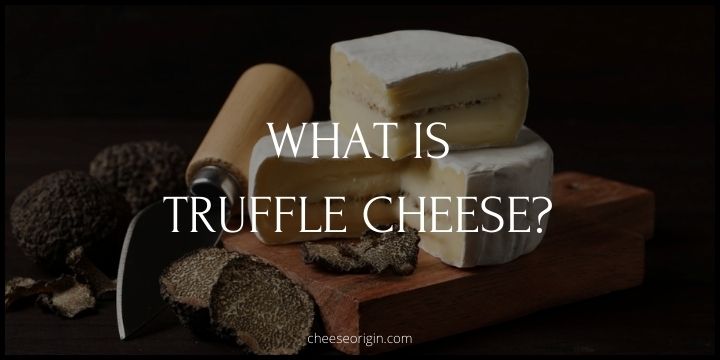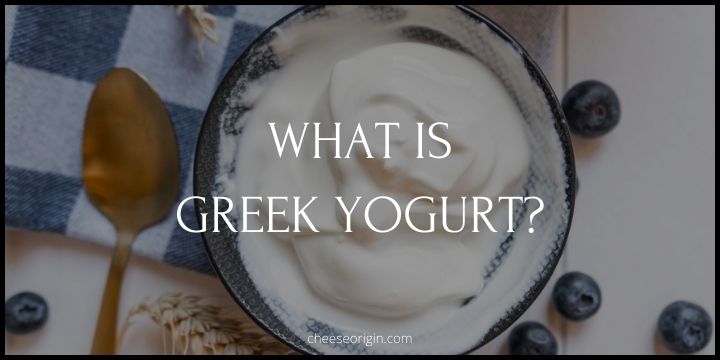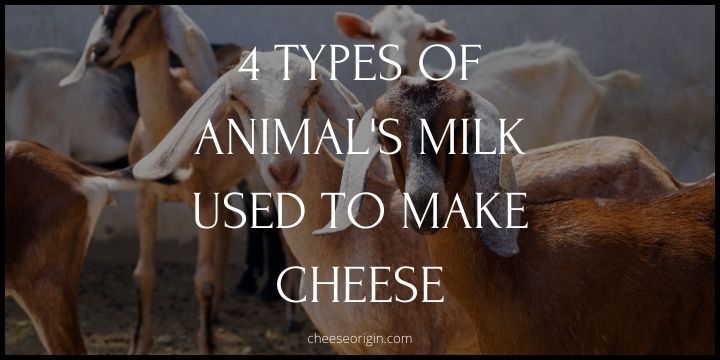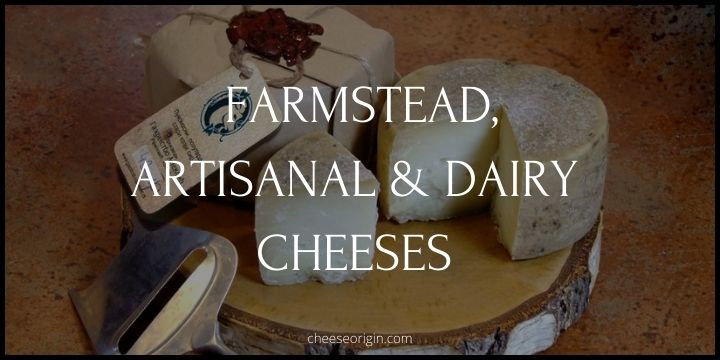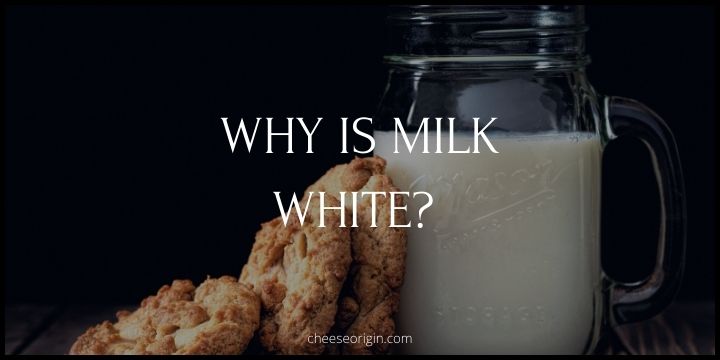What is Double Cream? The Luxurious Dairy Delight Explained
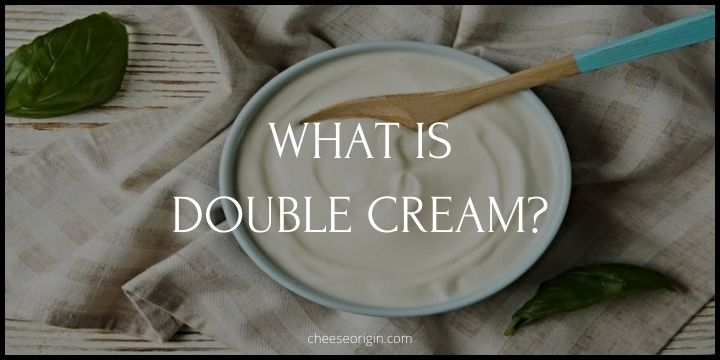
Double cream is the richest form of cream available. With nearly 48% fat content, it’s renowned for its velvety texture and indulgent taste. This culinary gem, often used in British and European cuisines, transforms ordinary recipes into extraordinary culinary experiences.
From enhancing the richness of sauces to crowning desserts with its whipped form, double cream is truly a versatile kitchen superstar.
Quick Facts About Double Cream
| Quick Fact | Details |
|---|---|
| Definition | Double cream is a rich, thick dairy product with a high fat content. |
| Fat Content | It contains about 48% or more fat. |
| Origin | Predominantly used in the UK and Europe. |
| Color | It is usually a shade of pale yellow. |
| Texture | It has a thick, velvety texture. |
| Flavor | It has a luxurious, creamy, and slightly sweet taste. |
| Culinary Uses | Used in sauces, soups, desserts, and top fruits and pastries. |
| Whipping | Can be whipped into a thick consistency for toppings and fillings. |
| Cooking | Its high-fat content prevents it from curdling when heated. |
| Substitutes | Heavy cream or a mix of milk and butter can be used as substitutes. |
| Storage | Should be kept refrigerated and used within a few days of opening. |
| Nutrition | High in calories and fat, but also a source of vitamins A and D. |
| Dietary Information | Not suitable for those on low-fat or dairy-free diets. |
| Availability | Available in supermarkets, often found in the dairy section. |
What is Double Cream?
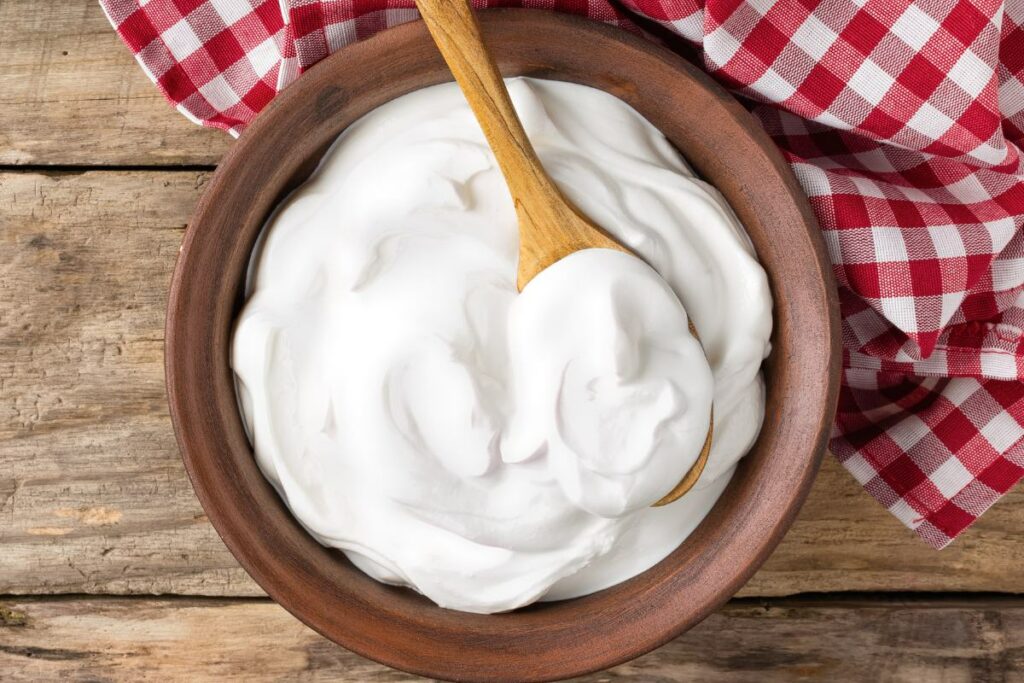
Double cream, a true culinary treasure, is a dairy delight that’s as rich and indulgent as its name suggests. It’s the crème de la crème of creams, with a high-fat content that surpasses all others. Originating from the United Kingdom, this creamy concoction has become a staple in kitchens across the globe, adding a touch of luxury to any dish it graces.
A spoonful of double cream is a sensory experience like no other. Its pale yellow hue is a feast for the eyes, while its thick, velvety texture is a tactile delight. But it’s the taste that truly sets double cream apart. It’s creamy, slightly sweet, and incredibly rich, making it a perfect complement to both sweet and savory dishes.
In the culinary world, double cream is a versatile superstar. Its high-fat content, which hovers around 48%, not only gives it its distinctive flavor and texture but also makes it ideal for cooking. Unlike creams with lower fat content, double cream doesn’t curdle when heated, making it perfect for creating smooth sauces and soups.
But perhaps the most beloved use of double cream is in desserts. With just a bit of whipping, it transforms into a fluffy, cloud-like topping that adds an extra layer of decadence to pies, cakes, and pastries. It can also be churned into butter or made into clotted cream, a traditional British treat.
As delectable as it is, double cream is also a nutritional powerhouse. It’s a good source of vitamins A and D, although its high calorie and fat content means it should be enjoyed in moderation. For those on low-fat or dairy-free diets, it’s best to seek out suitable alternatives.
In conclusion, double cream is more than just a type of cream. It’s a culinary marvel that elevates everyday dishes into something truly special. Whether it’s stirred into a sauce, whipped into a dessert topping, or savored straight from the spoon, double cream is a testament to the beauty of simplicity and the power of indulgence.
What Does Double Cream Taste Like?
Double cream has a creamy, slightly sweet taste that’s smoother and richer than other types of cream due to its high-fat content. While it’s delicious on its own, double cream also has a subtle flavor that allows it to blend beautifully with a variety of ingredients, enhancing the overall taste without overpowering the dish. Its unique taste adds a luxurious touch to both sweet and savory recipes, making it a favorite in many culinary creations.
Double Cream Tasting Notes
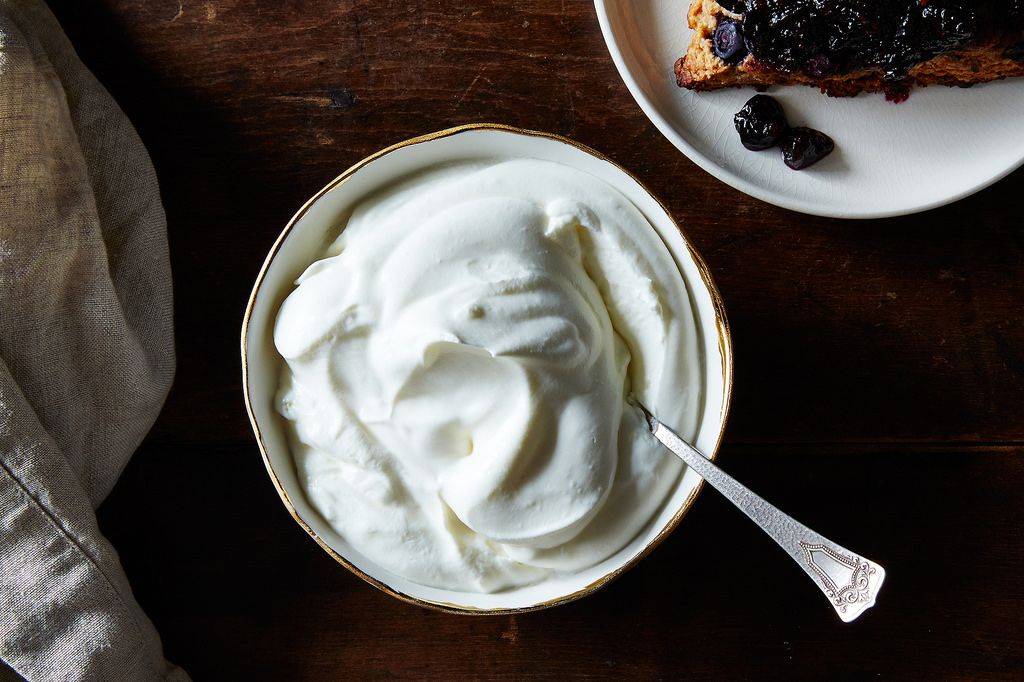
- Richness: Double cream has a high fat content which gives it a deeply rich and indulgent quality. It’s heavier and creamier than other types of cream.
- Sweetness: There’s a hint of natural sweetness in double cream, although it’s not overly sweet. This subtle sweetness allows it to work well in both savory and sweet dishes.
- Smoothness: The texture of double cream contributes to its taste. It’s incredibly smooth and velvety, which enhances the overall tasting experience.
- Creaminess: Due to its high-fat content, double cream has a luxurious creamy taste that’s unrivaled by other types of cream.
- Versatility: While delicious on its own, double cream also has a somewhat neutral flavor that allows it to blend seamlessly with a variety of ingredients, enhancing their flavors without overpowering them.
- Finish: Double cream leaves a pleasant, lingering creaminess on the palate, making it perfect for dishes where a rich finish is desired.
- Cooking Effect: When used in cooking, double cream enhances the flavors of the dish, adding depth and richness. It doesn’t curdle when heated, maintaining its smooth, creamy taste even in hot dishes.
- Temperature Effect: The taste of double cream can change slightly with temperature. When chilled, it has a refreshing, clean taste. When used in hot dishes, its creaminess becomes more pronounced.
What is the Difference Between Double Cream and Heavy Cream?
Double cream and heavy cream are both types of thickened dairy products, but they have some key differences that set them apart.
| Feature | Double Cream | Heavy Cream |
|---|---|---|
| Fat Content | Typically around 48%, making it the cream with the highest fat content. | Contains about 36-40% fat, which is slightly lower than double cream. |
| Whipping Ability | Whips up thicker and holds its shape better due to higher fat content. Ideal for recipes that require a firm whipped cream. | Can also be whipped but may not hold its shape as well as double cream. |
| Cooking Performance | Doesn’t curdle easily when heated, making it perfect for sauces and soups. | Slightly less stable when heated compared to double cream, but still commonly used in cooking. |
| Taste and Texture | Richer, creamier taste and heavier texture due to its higher fat content. | Creamy and delicious, but a bit lighter in both flavor and texture compared to double cream. |
| Availability | More commonly found in the UK and other parts of Europe. | Widely available in the US. |
How to Eat Double Cream?
- Decadent Desserts: Double cream is the perfect addition to your favorite dessert recipes. Use it to top off a slice of pie, a scoop of fruit crumble, or even a serving of warm chocolate brownies.
- Rich Sauces: Due to its high-fat content, double cream can be used to create rich, creamy sauces. Whether you’re making a savory Alfredo sauce for pasta or a velvety caramel sauce for dessert, double cream adds a luxurious texture that’s hard to beat.
- Whipped Cream: Whip up some double cream with a bit of sugar and vanilla extract to create a lusciously thick whipped cream. It’s perfect for topping hot chocolate, decorating cakes, or just enjoying with fresh berries.
- Homemade Ice Cream: Double cream is ideal for making homemade ice cream. Its high-fat content gives the ice cream a wonderfully creamy and smooth texture.
- Scones and Clotted Cream: A classic British treat, scones with clotted cream and jam is a delicious way to use double cream. Just whip the double cream until it thickens to a clotted cream consistency, then spread it on warm scones and top with your favorite jam.
- Creamy Soups: Add a dollop of double cream to your soups. It lends a rich, creamy texture and flavor that takes your soup to the next level.
- Coffee or Tea: Elevate your regular coffee or tea by adding a splash of double cream. It gives your drink a rich, creamy taste that’s truly indulgent.
Reminder: while double cream is delicious, it’s also high in fat and calories, so it’s best enjoyed in moderation.
10 Best Double Cream Substitutes
| Substitute | Fat Content | Flavor Profile | Texture | Best Used In |
|---|---|---|---|---|
| Heavy Cream | Around 36-40% | Rich, creamy flavor. | Smooth, creamy texture | Can be used in almost any recipe that calls for double cream. |
| Mascarpone | Around 40-45% | Mild, slightly sweet flavor. | Thick, creamy texture | Great for desserts and creamy sauces. |
| Crème Fraîche | Around 30% | Slightly tangy, rich flavor. | Thick, creamy texture | Ideal for soups, sauces, and desserts. |
| Full-Fat Coconut Milk | Around 20% | Mildly sweet, coconut flavor. | Creamy, thick texture | Good for vegan or dairy-free recipes, especially in desserts and curries. |
| Full-Fat Greek Yogurt | Around 10% | Tart, creamy flavor. | Thick, creamy texture | Best used in soups, sauces, and as a topping for desserts. It can also be whipped. |
| Sour Cream | Around 20% | Tangy, creamy flavor. | Thick, creamy texture | Good for sauces, soups, and baked goods. |
| Cream Cheese | Around 33% | Mild, slightly tangy flavor. | Thick, creamy texture | Works well in desserts and creamy sauces. |
| Evaporated Milk | Around 7.5% | Sweet, caramelized flavor. | Creamy, smooth texture | Can be used in desserts, soups, and sauces, but it lacks the fat content for whipping. |
| Cashew Cream | Variable, depending on preparation | Mild, slightly nutty flavor. | Creamy texture, thickness depends on preparation | Good for vegan or dairy-free recipes, especially in creamy sauces and desserts. |
| Silken Tofu | Around 2.7% | Neutral flavor. | Smooth, creamy texture when blended | Good for vegan or dairy-free recipes, especially in creamy sauces and desserts. |
What Pairs Well With Double Cream?
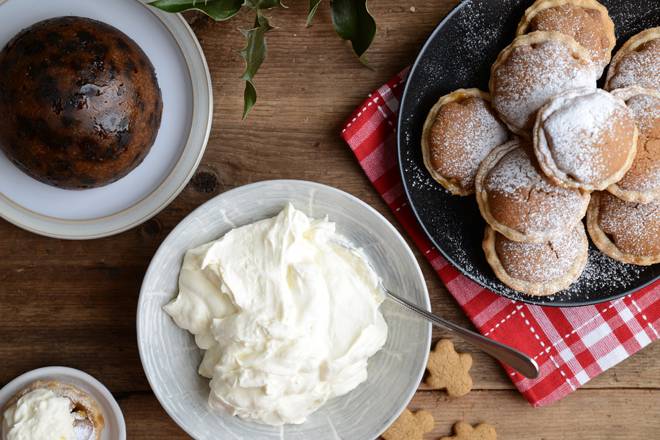
Food that goes well with Double Cream:
| Category | Food Pairings with Double Cream |
|---|---|
| Bread/Biscuits | Baguette, Scones, Croissants, Shortbread |
| Fruits | Strawberries, Raspberries, Blueberries, Peaches |
| Meats | Bacon, Ham, Chicken (in creamy sauces), Beef (in stroganoff) |
| Vegetables | Mushrooms, Spinach, Potatoes, Asparagus (in creamy sauces) |
| Nuts & Seeds | Almonds, Pecans, Walnuts, Pistachios |
| Condiments & Spreads | Chocolate Sauce, Caramel Sauce, Fruit Compotes, Maple Syrup |
| Desserts | Chocolate Cake, Fruit Pies, Cheesecake, Ice Cream |
| Seafood | Salmon (in creamy sauces), Shrimp (in creamy sauces), Lobster, Scallops |
| Pasta & Grains | Fettuccine Alfredo, Risotto, Creamy Polenta, Mashed Potatoes |
| Herbs & Spices | Vanilla, Nutmeg, Cinnamon, Ginger |
Also read: What Fruit Goes on a Charcuterie Board?
Beverage that goes well with Double Cream:
| Category | Beverage Pairings with Double Cream |
|---|---|
| Wines | Chardonnay, Sauvignon Blanc, Moscato, Port |
| Beer | Stout, Porter, Belgian Ale, Brown Ale |
| Cocktails | White Russian, Irish Coffee, Brandy Alexander, Eggnog |
| Non-Alcoholic | Hot Chocolate, Coffee, Earl Grey Tea, Apple Cider |
| Spirits | Whiskey, Bourbon, Brandy, Rum |
| Dessert Wines | Sauternes, Ice Wine, Late Harvest Riesling, Tokaji |
Also read: Top 10 Champagne & Cheese Pairings to Try at Least Once
Frequently Asked Questions
1. Why is it Called Double Cream?
The name “double cream” comes from its high-fat content, which is around 48%, more than double the amount found in single cream.
2. Is Double Cream for Whipping?
Yes, double cream can be used for whipping. In fact, it’s often preferred for its ability to whip up beautifully and maintain stability, even when piped onto desserts.
Also read:
- What is Sour Cream? Exploring Its Impact on Our Plates and Palates
- What is Devonshire Cream (aka Clotted Cream)?
- What is Zamorano? Spain’s Hidden Dairy Gem
- What is La Tur Cheese? The Italian Cheese That Melts Hearts
- What is Goat Gouda? A Refreshing Twist on a Dutch Classic
- What is Aged Gouda? The Art of Aging
- What is La Vache Qui Rit? The Laughing Cow Cheese

